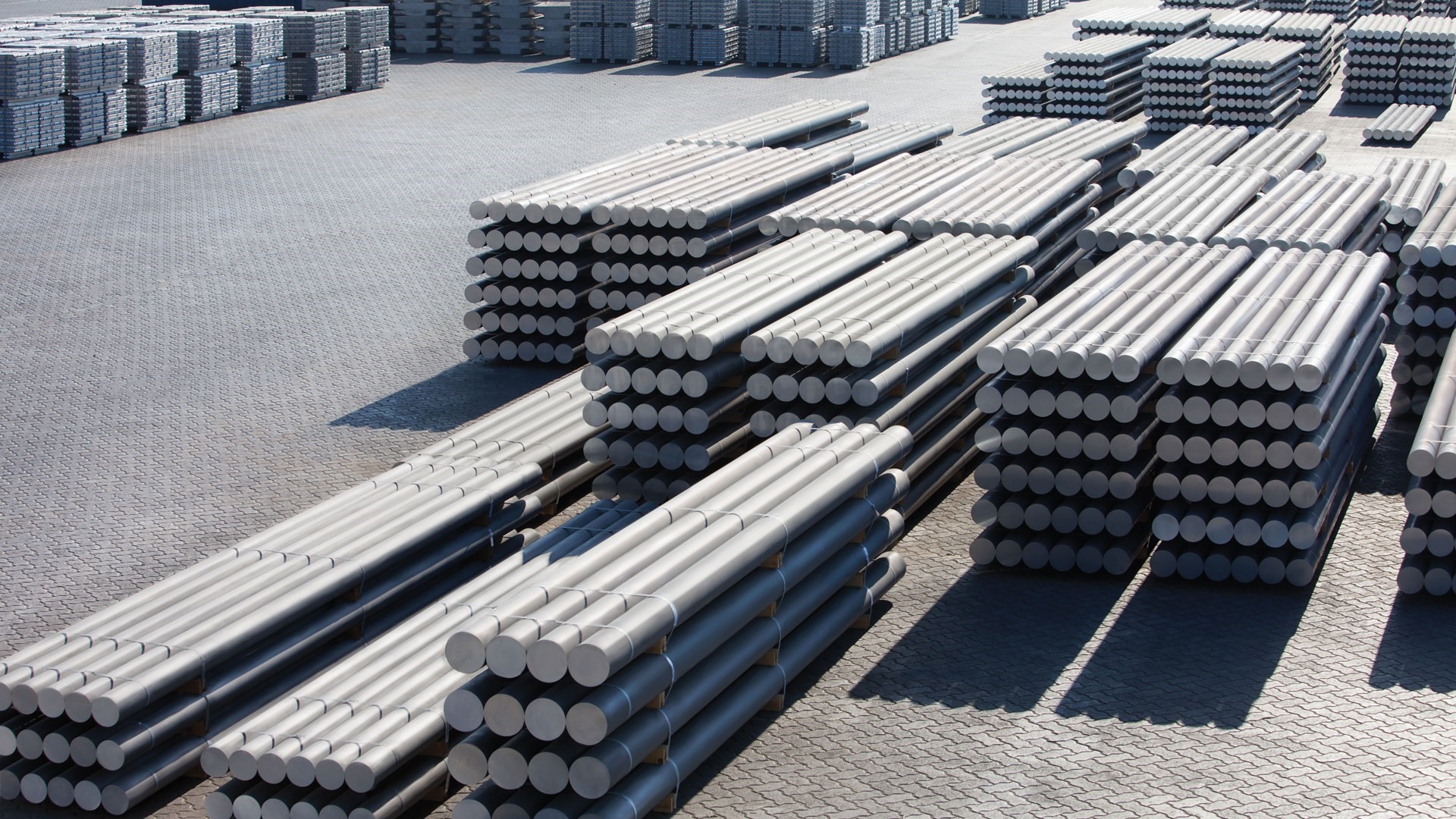Rise in China’s aluminium imports in July 2020 versus decrease in exports is seen as an inversion in trade flows due to the disconnect between Chinese market, which is in full recovery mode from the COVID-19 pandemic, and the rest of the world that is still struggling to get back on its feet.
China, being the world’s largest producer of the light metal, normally exports a prodigious amount of semi-manufactured products – around 5.2 million tonnes in both 2018 and 2019, with no need to call on extra supply from the international market.

The last time China turned net importer was in 2009. Many people are expecting this import surge to be short-lived, as it was in 2009, but the world has changed since then and it is possible to see an underlying structural shift in the aluminium market.
China imported 123,000 tonnes of primary aluminium in June and 185,000 tonnes in July, which combined, exceeded every yearly total since 2013. Most analysts think that there is more to come.
Open arbitrage window between the elevated SHFE aluminium prices and sagging LME prices could be a reason for the soar in China’s aluminium imports. The cash arbitrage between the two contracts flexed out to a seven-year high above 2,000 yuan per tonne at one stage in July.
Aluminium prices in both markets were slumped in March. But in the following months, the Shanghai market led the recovery, consistently outperforming the LME prices. This reflects revival in China’s manufacturing sector, which is benefiting from a more metals-heavy infrastructure boost than was expected.

Imports of unwrought aluminium alloy also increased, bringing the total amount to 302,000 tonnes combining June and July. The gaping arbitrage window is a prime driver of this surge.
The past record shows that China historically exported more alloy than it imported. But in December 2019, it turned a net importer of alloy, well before the COVID-19 and the London-Shanghai price disconnect.
Net alloy imports till July stood at 524,000 tonnes. The last year China imported more alloy than it exported was in 2005, with the net total of only 27,000 tonnes.
China’s top alloy suppliers at present are Malaysia, South Korea, and India. These three countries have become major destinations for aluminium scrap that does not meet China’s increasingly stringent import purity thresholds. This means a new off-shoring business seems to be emerging and that is taking lower-grade scrap and re-melting it into alloy.
The downside of these higher imports is the simultaneous decline in China’s exports. Exports of all forms of aluminium have declined by 20 per cent so far this year. Shipments of aluminium semis, the largest component of China’s exports, fell by 16 per cent to 2.6 million tonnes during January-July.
Downfall in aluminium demand outside China, especially from the automobile and aerospace sectors could also be contributed to the fall in exports. Proliferating anti-dumping duties have also supposedly caused disruption to the China’s export market.
source https://www.alcircle.com/news/chinas-aluminium-imports-surpassing-exports-over-months-on-london-shanghai-price-disconnect-57965
_0_0.gif)
Comments
Post a Comment